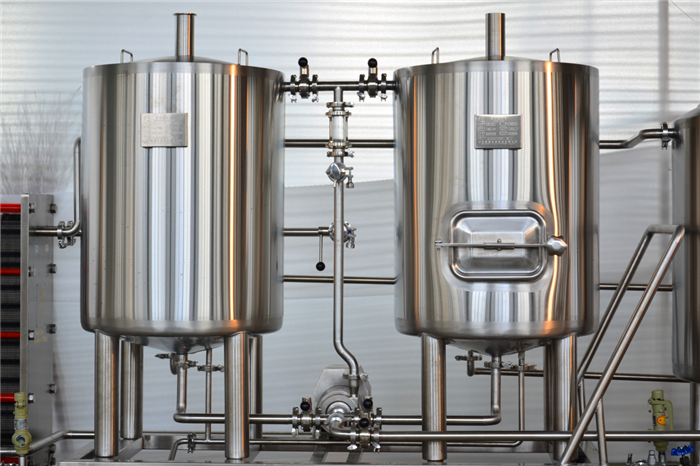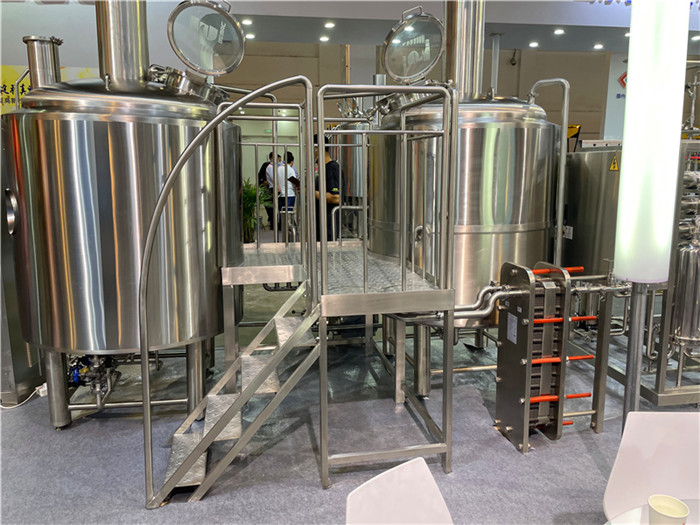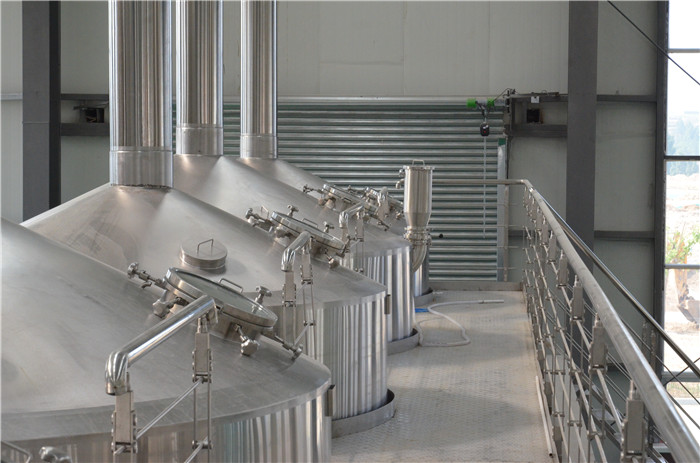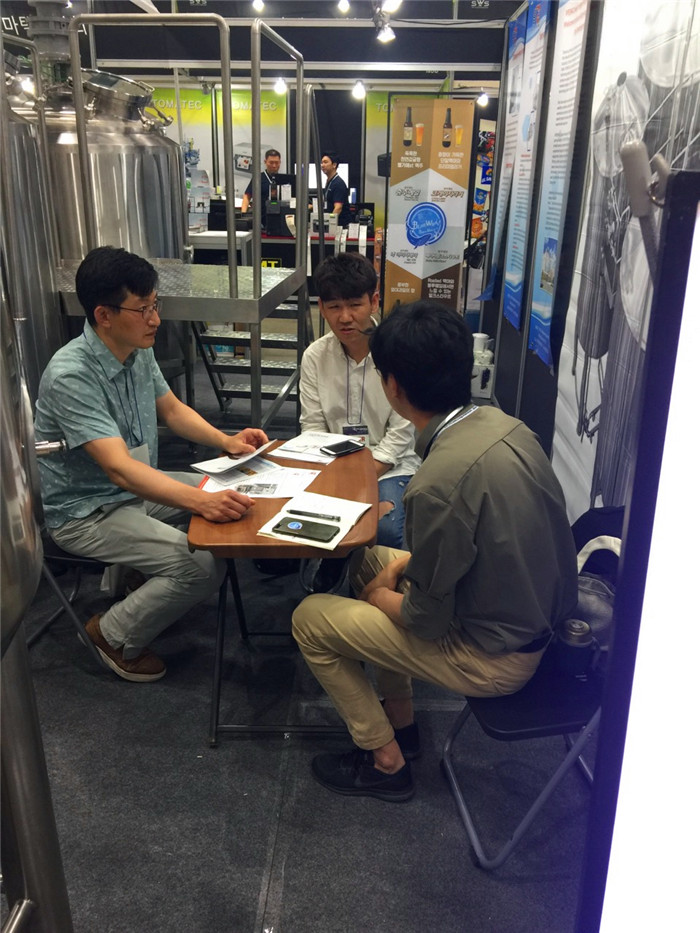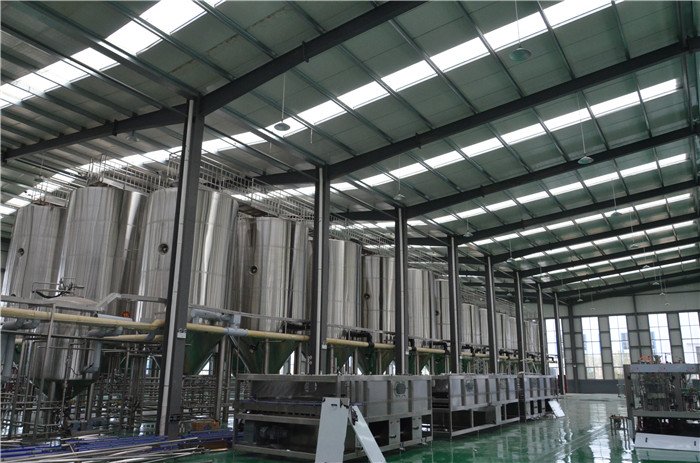如何使用双反渗透水处理系统?ZXF.
Reverse osmosis technology is usually used in sea water, brackish water, fresh water, water softening treatment, wastewater treatment, and purification, concentration, and separation in the food, pharmaceutical, and chemical industries. In addition, the application of reverse osmosis technology to pre-demineralization treatment has also achieved good results, which can reduce the load of ion exchange resin by more than 90%, and the amount of resin regeneration agent can also be reduced by 90%. Therefore, it not only saves costs, but also contributes to environmental protection. Reverse osmosis technology can also be used to remove particles, organic substances, and colloids in the water, and has a good effect on reducing the pollution of ion exchange resins and prolonging the service life.
如何使用双反渗透水处理系统?
反渗透技术是当今最先进,最具节能有效的膜分离技术。原则是,在高于溶液的渗透压的作用下,其他物质不能通过半透膜,除去这些物质和水分。由于反渗透膜的膜孔径非常小(仅约10A),因此可以有效地除去溶解的盐,胶体,微生物,有机物等(去除率高达97-98%)。该系统具有良好的水质,能耗低,无污染,工艺简单,操作简单,操作简便。

Reverse osmosis technology is usually used in sea water, brackish water, fresh water, water softening treatment, wastewater treatment, and purification, concentration, and separation in the food, pharmaceutical, and chemical industries. In addition, the application of reverse osmosis technology to pre-demineralization treatment has also achieved good results, which can reduce the load of ion exchange resin by more than 90%, and the amount of resin regeneration agent can also be reduced by 90%. Therefore, it not only saves costs, but also contributes to environmental protection. Reverse osmosis technology can also be used to remove particles, organic substances, and colloids in the water, and has a good effect on reducing the pollution of ion exchange resins and prolonging the service life.

反渗透水处理设备运行的具体操作步骤:
1. Drive the air out of the system under low pressure
2, check and eliminate system leakage
3. Use low-pressure water to flush out the membrane element protection liquid from the permeator
4. Drain the product water to the trench
5. Open the concentrated water pressure reducing valve
6. Adjust the opening of the high-pressure pump outlet throttle valve to 50% of its initial pressure
7. Start the high-pressure pump for cleaning until it is flushed

8. Turn off the concentrated water discharge valve, adjust the concentrated water pressure reducing valve, adjust the feedwater pump outlet throttle valve, open the product water outlet valve, and close the product water discharge valve until the designed product water flow rate and system recovery rate are reached
9, 72 hours of trial operation

10. Make a good operation record, including a list of experimental instruments and drugs; test methods; pretreatment system; automatic control of raw water heating; condensation beaker test; chlorination test; effluent turbidity measurement.
产品
电子游戏大厅
- 地址:山东省潍坊市庄剑路2600号总部,总部基地ABP
- 电话/传真:+ 86-536-8800237
- 电子邮件:Export@wemac.cn.
- 约瑟夫
- whatsapp:+8617863612639

